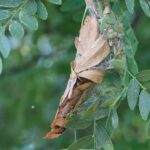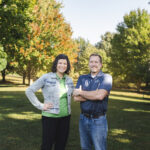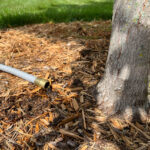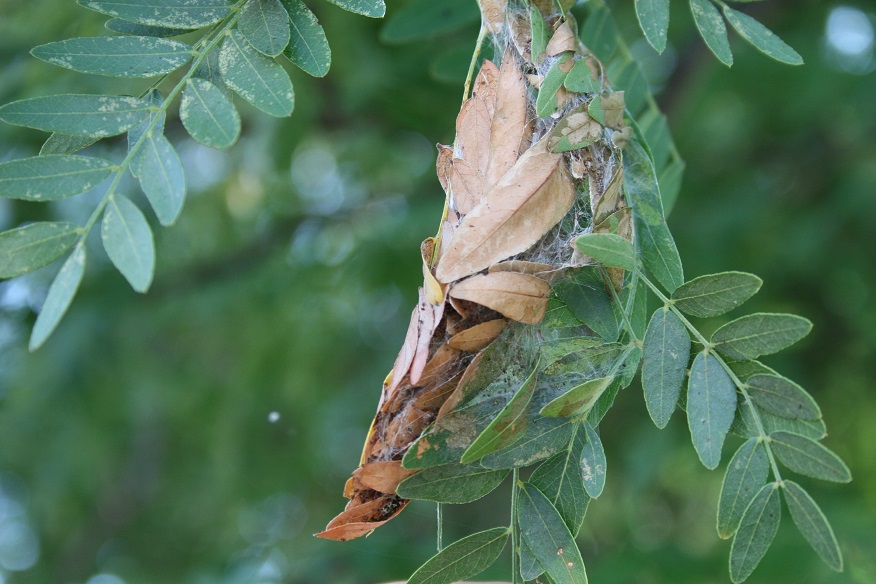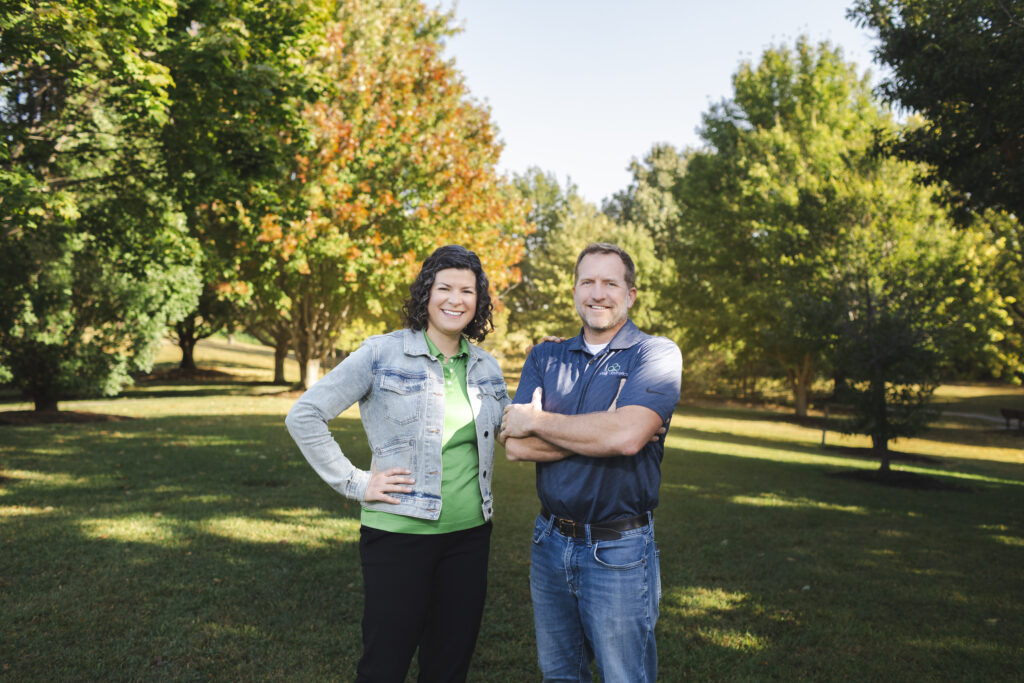Dutch Elm Disease is one of the most destructive shade tree diseases in North America. It affects American elms and kills individual branches, then eventually the entire tree over the course of one to several years. It can also spread to nearby trees. At Arbor Aesthetics, we strongly recommend NOT trimming your elm tree between April and October when the trees are leafing.
How is it contracted?
The DED fungus was first introduced to the U.S. on diseased elm logs from Europe prior to 1930. A tree can contract this fungus by way of:
How is it contracted?
The DED fungus was first introduced to the U.S. on diseased elm logs from Europe prior to 1930. A tree can contract this fungus by way of:

- Elm bark beetles. They are attracted to stressed, dying or dead elm wood to complete the breeding stage of their life cycle. Eggs are laid into the bark, then once hatched, the larvae feed on the inner bark and sapwood. If the DED fungus was present in that tree, the fungus produces sticky spores that stick to the adult beetles as they emerge from the tree. The adult beetles then visit healthy trees and transfer the spores.
- Grafted roots. Roots of the same or closely related tree species growing nearby often cross each other in the soil and eventually fuse to each other. A tree that becomes infected by way of grafting can die rapidly, as the fungus is carried upward in the sapstream.
What are the symptoms?
DED is a vascular disease, meaning it affects the way a tree is able to conduct water. Because water cannot travel down to the roots, leaves will wilt, yellow and drop. The photo to the right shows the beginning symptoms of DED.
How is it treated and prevented?
The key to conquering DED is early detection and prompt treatment. If you suspect any of your elm trees are suffering from DED, call Arbor Aesthetics and our certified arborists can discuss possible treatment options.
DED is a vascular disease, meaning it affects the way a tree is able to conduct water. Because water cannot travel down to the roots, leaves will wilt, yellow and drop. The photo to the right shows the beginning symptoms of DED.
How is it treated and prevented?
The key to conquering DED is early detection and prompt treatment. If you suspect any of your elm trees are suffering from DED, call Arbor Aesthetics and our certified arborists can discuss possible treatment options.
- Pruning. Careful pruning of infected branches can prevent the disease from spreading down the tree. One of our certified arborists will be able to tell whether or not pruning alone will be an adequate treatment or if injecting a fungicide is necessary.
- Injecting fungicide. Certain fungicides are effective in protecting elms from infection via the elm beetle. It is expensive, however, and must be repeated every one to three seasons and may also pose a risk to the health of the tree.

Sources:
How to Identify & Manage Dutch Elm Disease, Linda Haugen, US Department of Agriculture, Forest Service.
Forest Health Protection: Dutch Elm Disease, US Department of Agriculture, Forest Service.
